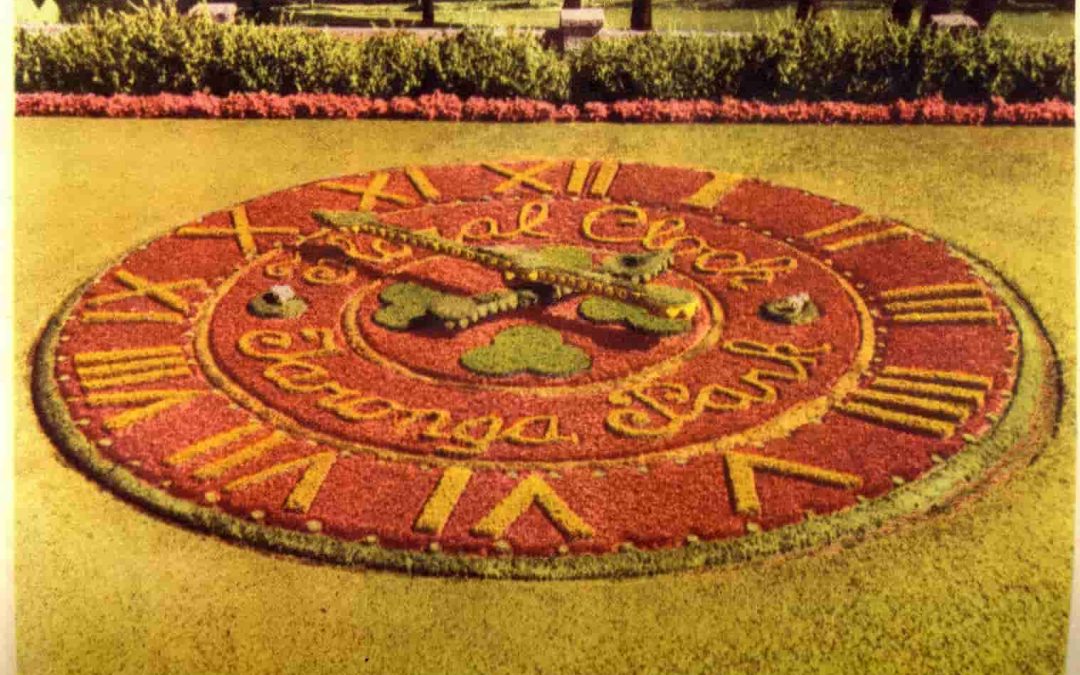Written by Elizabeth Heffernan, RAHS Intern
Daylight saving is an accepted, if confusing, part of life for most Australians. On the first Sunday in October, people living in New South Wales, Victoria, South Australia, Tasmania, and the Australian Capital Territory set their clocks forward by one hour to extend daylight hours after the working day. On the first Sunday in April, we set them back.
The practice is a controversial one, neatly illustrated by the five time zones daylight saving creates across the country instead of our usual three. Its advocates argue for the increased availability of after-work activities and the boost in the local economy this provides. Fewer animals are killed on roads during daylight saving time, as most workers no longer drive home during dusk. Daylight saving has also been proven to reduce electricity demand in the late afternoon and early evening. Tasmania was the first Australian state to introduce the practice permanently in 1967 as an alternative to power rationing during drought.
NSW and most other states followed suit in 1971. 2021, therefore, marks the 50th anniversary of daylight saving being permanently used across most of Australia. But did you know it was originally introduced during the First World War?
The Daylight Saving Act 1916 implemented daylight-saving time on the Australian home front and was initially intended as a wartime fuel-saving measure. The practice had begun in Germany and Austria in 1916, which in turn modelled it from Port Arthur, Canada, the first place in the world to employ daylight saving time in 1908. Academics had been proposing the clock change for years, notably New Zealand entomologist George Hudson in 1895.
Despite European successes, the practice did not go over well in Australia and was repealed in late 1917. Newspapers reported, “Nothing in the long record of Parliamentary delinquency has excited more derision … than this ill-starred attempt to divert Nature from her natural course.” “It has been tried and found wanting,” another printed, “like a good many of Billy Hughes’ plans.” The practice did not re-emerge until more than twenty years later during another world war, where daylight saving time was used nationwide from 1942 to 1944. Following the end of hostilities, it fell into disuse for another twenty years.
Today’s opponents to daylight saving argue that the practice disrupts sleep patterns, leading to health risks. It may even correlate to a spike in fatal road accidents in the first few days following the clock change as people drive while tired. When implemented in Tasmania in 1967, certain professions were affected more than others: farmers, for instance, whose work depends on daylight.
The international community has recently begun to address these concerns. In 2019, the European Union member states voted to abolish the practice entirely. Countries had the option to choose whether to stick with ‘permanent winter’ (standard) or ‘permanent summer’ (daylight saving) time, though Brexit and the COVID-19 pandemic have since stalled the decision.
In Australia, Queensland, Western Australia, and the Northern Territory do not practice daylight saving, despite a number of referenda and trial periods. For those living in border communities, such as in the twin towns of Tweed Heads (NSW) and Coolangatta (QLD), simply crossing the street can lead to an hour’s time difference during daylight saving in NSW. Residents have even been known to celebrate two New Year’s.
In 1970, ABC’s Four Corners aired a segment on daylight saving in Tasmania. 80% of their Tasmanian viewers were in favour of the change. Others argued the government should “leave God’s time alone.” Bruce Grundy, the host of current affairs program Line Up, had this to say: “Times change, obviously. I’m talking about changing times.”
Daylight saving seems set to stay in NSW and most other Australian states. But who knows where the next fifty years may take us? Only time will tell.
References
Greg Baker, ‘Daylight saving time: summer 2009-10 and autumn 2010’, research paper, Parliament of Australia, 19 November, no. 10, 2009-10.
Seungmoon Choi, Alistair Pellen and Virginie Masson, ‘How does daylight saving time affect electricity demand? An answer using aggregate data from a natural experiment in Western Australia’, Energy Economics 66 (August 2017): 247-260, DOI: http://dx.doi.org/10.1016/j.eneco.2017.06.018.
‘Daylight Saving’, Mirror of Australia (Sydney, 1915-1917), 24 March 1917, https://trove.nla.gov.au/newspaper/article/103826935.
‘Daylight Saving’, Scone Advocate (1887-1954), 6 February 1917, https://trove.nla.gov.au/newspaper/article/156909200.
Ally Foster, ‘Multiple health risks linked to daylight saving time’, News.com.au, 17 September 2020, https://www.news.com.au/lifestyle/health/health-problems/multiple-health-risks-linked-to-daylight-saving-time/news-story/d484a37994c7df4a2ec78c7f983499cb.
Four Corners, Australian Broadcasting Corporation, 21 November 1970 https://www.abc.net.au/archives/80days/stories/2012/01/19/3415208.htm.
Rachel Houlihan, ‘Where did daylight saving come from and which states have it?’, Sydney Morning Herald, 5 April 2020, https://www.smh.com.au/national/where-did-daylight-saving-come-from-and-which-states-have-it-20191003-p52xfe.html.
Stuart Layt, ‘“It’s more than the time of day”: The facts behind daylight saving’, Brisbane Times, 3 October 2020, https://www.brisbanetimes.com.au/national/queensland/it-s-more-than-the-time-of-day-the-facts-behind-daylight-saving-20201001-p56181.html.


0 Comments